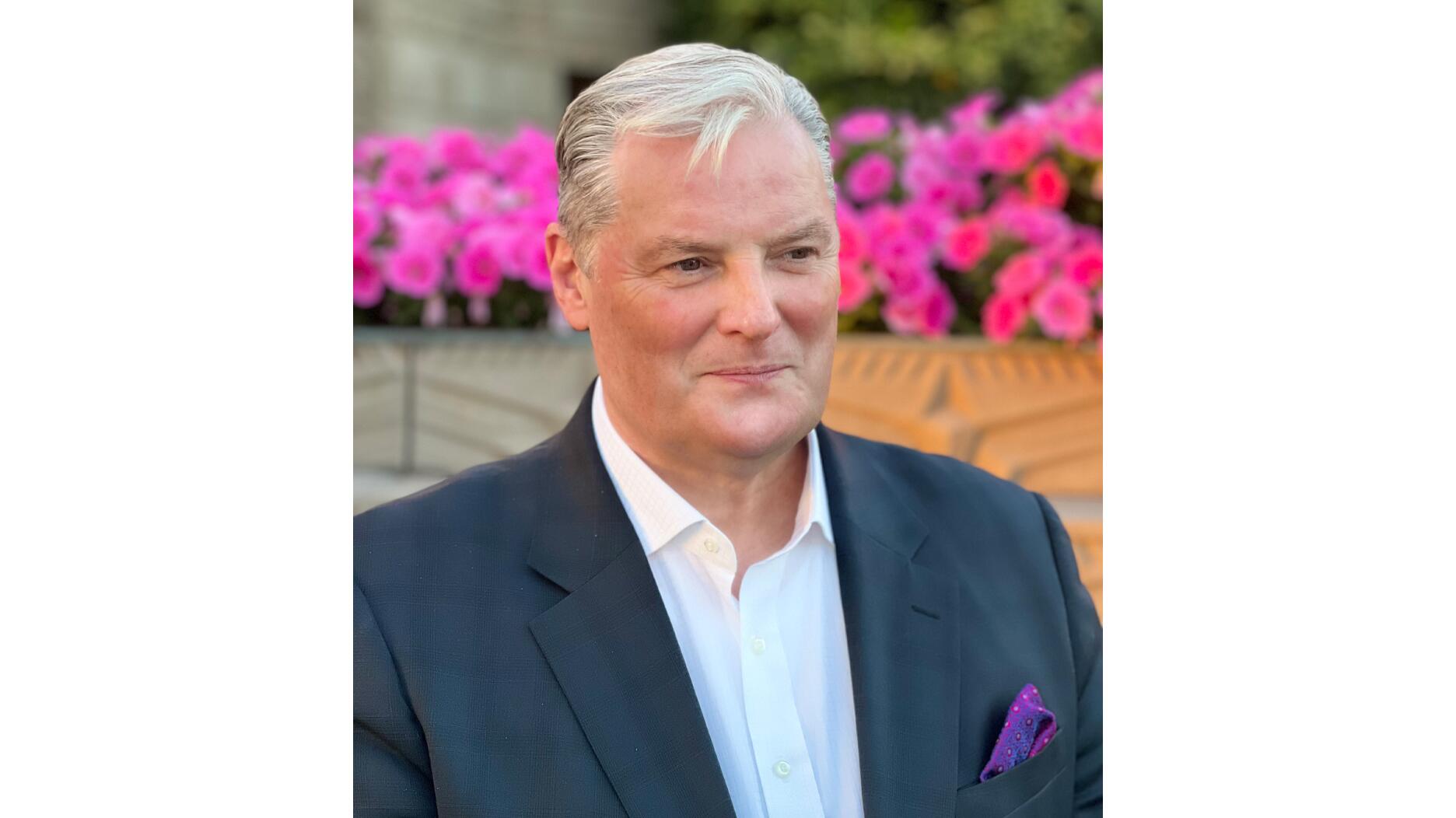Squirrel Spotting: Human Connection and the Retail Experience
A friendly encounter in an airport reminded Peter Smith why the core reasons for visiting physical stores will never change.

Quickly assessing my food options before boarding, I chose a take-out restaurant and placed my order.
As there were no other customers waiting, I engaged the server in conversation as we both waited for the food to be prepared and delivered to the counter.
Satisfying a long-held curiosity about how hourly workers can afford to work at an airport, when there generally are myriad options elsewhere, I asked the server how she commuted to work.
She said she drove and parked at the old airport. From there, she and the other hourly workers were shuttled to the newer model.
She told me parking costs $18 a day. I mentally calculated the gross dollars she’d have to earn to cover the cost of parking for a week and concluded she was likely working two hours a day just to park her car. (I assumed she was making considerably more than Louisiana’s $7.25 minimum wage, but how much could she be making to ring up take-out orders at an airport food counter?)
We continued our chat until my food was ready. After she handed me the meal and had me sign a credit card slip, she pointed me to an adjoining food counter that had some seating, telling me the women there wouldn’t mind me sitting down.
A few minutes later, I received a tap on my shoulder, and as I turned, I found the server with a bright smile and my pen in her hand. The pen I had left behind after signing the credit card slip. The limited edition Montblanc Beatles pen my wife had bought me for my birthday.
I was momentarily disoriented realizing I had come so close to losing that pen.
In the seconds it took me to regain my composure, the young woman turned and went back to her restaurant. I had flashes of returning home and having a conversation with my wife about the pen.
“Hey babe, remember that pen you bought me …”
When I got my bearings again, I returned to the counter and gave the woman a token of appreciation. I don’t believe she had any idea how much that pen cost, and she couldn’t have known its significance to me, but she was surprised and grateful for the tip.
As I made my way to the boarding gate, I wondered why she had chosen to seek me out and return the pen. Why hadn’t she done what so many others might have—put it aside in the belief I would either return for it or I wouldn’t.
After I boarded my flight and settled into my seat, I had an overwhelming sense the pen was returned because I had taken the time to engage the woman in conversation. I’d cared enough to ask after her well-being and listened when she spoke to me.
I was genuinely interested in her and fully present in the moment. As innocuous as the exchange may have seemed, it was a moment of real human connection.
The other day, a friend posted in a Facebook group asking why someone might choose to visit a retail store instead of buying online. I immediately thought about that experience in New Orleans, and the dynamic of two strangers engaging in person.
We get the opportunity to deliver and experience meaningful connections every time a customer walks into a retail store.
That possibility is there when we’re having good days, bad days, and all the days in between. Those interactions can be friendly or bland, or they can be transformational, leaving an imprint on one or both participants.
“There are not different versions of retail, just different ways to conduct business with the customer. There is no more ‘us vs. them’ in retail. ” — Peter Smith
The U.S. Department of Commerce reported that online transactions accounted for about 15 percent of total retail sales in 2022, flat when compared with the previous year.
We used to talk in terms of online sales versus offline sales and respected companies, such as Bain and Forrester, would regularly opine on what percentage of sales would ultimately happen in each channel.
However, as John Lennon once said, “life is what happens to you while you’re busy making other plans.” It turns out that the distinction between “bricks” and “clicks” is not so easy to define.
We know the vast majority of customers who purchase in retail stores begin their journey online.
We’ve experienced a global pandemic that has further blurred the online/offline distinction, as we have seen an acceleration of buying online, and picking up in stores. And we are experiencing emerging and vibrant commerce through the various social media platforms.
Despite the blistering pace of change, there are two things of which I am certain.
One, retail stores, online, and social media trade are all one channel and should be viewed and managed accordingly. There are not different versions of retail, just different ways to conduct business with the customer.
There is no more “us vs. them” in retail. We need to be active in all channels and consistent with our brand message everywhere customers are.
The second point I feel confident about is, there is no substitute for what the best of physical retail stores have to offer.
People don’t just visit retail stores to make purchases; they do so for human connection and engagement.
Belonging to something beyond ourselves, being in the company of other people, being “in a tribe” is at the very core of our evolutionary journey and that, despite the long and winding road, will never change.
The Latest

Set in a Tiffany & Co. necklace, it sold for $4.2 million, the highest price and price per carat paid for a Paraíba tourmaline at auction.

The jeweler’s “Deep Freeze” display showcases its iconic jewelry designs frozen in a vintage icebox.

Take luxury gifting to new heights this holiday season with the jeweler’s showstopping 12-carat sphene ring.

How Jewelers of America’s 20 Under 40 are leading to ensure a brighter future for the jewelry industry.

This year's theme is “Unveiling the Depths of the Ocean.”


In its annual report, Pinterest noted an increase in searches for brooches, heirloom jewelry, and ‘80s luxury.

Starting Jan. 1, customers can request the service for opal, peridot, and demantoid garnet.

Roseco’s 704-page catalog showcases new lab-grown diamonds, findings, tools & more—available in print or interactive digital editions.

The 111-year-old retailer celebrated the opening of its new location in Salem, New Hampshire, which is its third store in the state.

The new catalog features its most popular chains as well as new styles.

The filmmaker’s personal F.P. Journe “FFC” prototype was the star of Phillips’ recent record-setting watch auction in New York.

The new location in the Design District pays homage to Miami’s Art Deco heritage and its connection to the ocean.

Inflations, tariffs, and politics—including the government shutdown—were among consumers’ top concerns last month.

“Longtime favorite” presenters, as well as first-time speakers, will lead talks and workshops at the annual event in Tucson next year.

Silas Smith of Meridian Metalworks won the challenge with his pendant that blends Australian and American landscapes.

The sale of the 31.68-carat, sunset-hued stone was part of Sotheby’s first series of events and auctions in Abu Dhabi.

The collection features characters and motifs from Ukrainian folklore, including an enchanted mirror and a magic egg.

MatrixGold 3.11, the newest version of the jewelry design program, offers more flexibility, precision, and creative control.

The pavilion will be part of the 2026 JA New York Spring show, scheduled for March 15 to 17.

Kadet, a 1994 National Jeweler Retailer Hall of Fame inductee, helped grow the family-owned retailer in the Chicago area and beyond.

Billed as the world’s smallest wearable, Lumia Health’s new smart earrings have a health tracker subtly embedded in the back.

Don’t let those with December birthdays feel blue. Help them celebrate their month with blue zircon, turquoise, and tanzanite.

The new pink sapphire version of the piece dances with its wearer in the brand’s “Icons After Dark” holiday campaign.

A choice that’s generated a lot of commentary, Pantone says “Cloud Dancer” marks a fresh start and encourages relaxation and creativity.

The manufacturer’s holiday campaign features a gift guide filled with trending designs and jewelry that can be personalized.

The man was charged with theft, accused of ingesting the necklace while in a jewelry store in Auckland, New Zealand.

The Florida independent expanded its store from 8,000 to 14,000 square feet, fulfilling the vision of its late co-founder, Jim Dunn.





























